April Dawn Camellia, pretty much a total loss
JCNTN
12 years ago
Featured Answer
Comments (8)
luis_pr
12 years agoEmbothrium
12 years agoRelated Professionals
Hartford Landscape Contractors · Dallas Landscape Contractors · Flagstaff Landscape Contractors · Goodlettsville Landscape Contractors · Holtsville Landscape Contractors · Lemont Landscape Contractors · Long Beach Landscape Contractors · Mastic Beach Landscape Contractors · Mission Bend Landscape Contractors · Panama City Beach Landscape Contractors · Selden Landscape Contractors · Thornton Landscape Contractors · Tustin Landscape Contractors · Kingsburg Landscape Contractors · Clinton Swimming Pool BuildersJCNTN
12 years agocamellias1_roses2
12 years agoJCNTN
12 years agopjb448
11 years agoGardener54
9 years ago
Related Stories
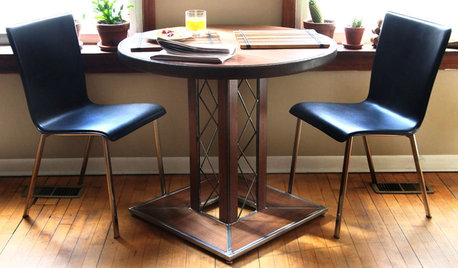
LIFEHow to Navigate an Extended Guest Stay
Keep sharing living quarters a positive experience by pondering the answers to these questions in advance
Full Story
INSIDE HOUZZSee a Couple’s New Spa-Like Bathroom From Lowe’s and Houzz
The sweepstake winners’ master bathroom gets a makeover with a new shower, tile and storage space
Full Story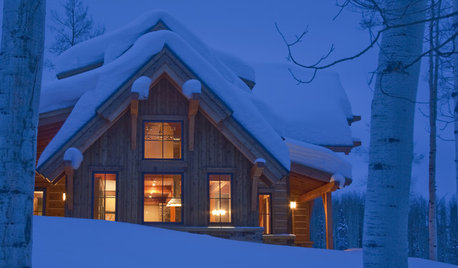
LIFEIs Cabin Fever Real? Share Your Story
Are snow piles across the U.S. leading to masses of irritability and boredom? We want to hear your experience
Full Story
REMODELING GUIDESAre You Gutsy Enough to Paint Your Floor White?
Sleek and glossy or softened by wear, white floors charm
Full Story
FURNITUREWhy It's OK to Hate Your New Custom Sofa
It takes time to get used to bold new furniture, but dry your tears — the shock can be good for you. Here's what to expect
Full Story
FALL GARDENING7 Reasons Not to Clean Up Your Fall Garden
Before you pluck and rake, consider wildlife, the health of your plants and your own right to relax
Full Story
GARDENING GUIDES6 Plants That Beat Butterfly Bush for the Wildlife Draw
It's invasive, a nonnative and a poor insect magnet. Check out these better alternatives to butterfly bush in the garden
Full Story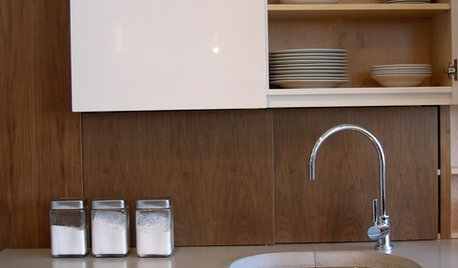
KITCHEN WORKBOOK8 Kitchen Amenities You'll Really Wish You Had
Keep kitchen mayhem and muck to a minimum with these terrific organizers and other time-saving, mess-preventing features
Full Story
TASTEMAKERSPro Chefs Dish on Kitchens: Michael Symon Shares His Tastes
What does an Iron Chef go for in kitchen layout, appliances and lighting? Find out here
Full Story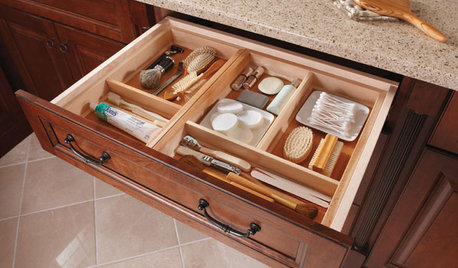
MOST POPULARHow to Create an Inventory, Whether You're Naturally Organized or Not
Documenting your home items is essential, even if disaster seems unimaginable. And it may be easier than you think
Full StoryMore Discussions






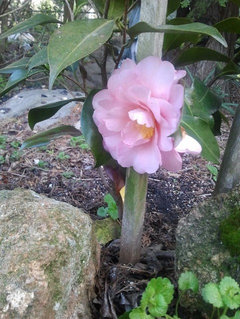
jay_7bsc